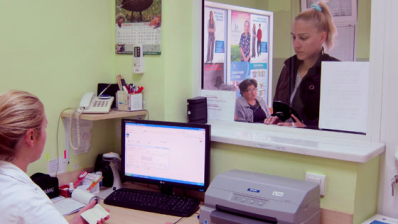Challenge
Serbia is an upper-middle-income country. Economic growth was strong during the early and mid-2000s, with economic reforms helping to stimulate new export dynamism and significant domestic demand. However, the expansion was also fueled by domestic consumption, large capital inflows, and a credit boom, and the 2008 downturn left Serbia looking for new sources of growth. As in many countries in the region, the challenge for Serbia has been to translate tenuous economic recovery into jobs and poverty reduction in difficult domestic and regional environments. Both unemployment and poverty rates saw sharp reversals in the wake of the crises; unemployment increased from below 15 percent in 2008 to nearly 25 percent in 2012, increasing most among the lowest income earners, and poverty jumped from about 6 percent in 2008 (after falling by more than half since 2002) to more than 9 percent in 2009. To address these economic and social challenges, Serbia must become more competitive and improve the efficiency and outcomes of its social spending.
Solution
As did many of the countries of the former Yugoslavia, Serbia emerged from the conflict of the early 1990s with a daunting development agenda. The World Bank Group (WBG) has responded over the past decade with a mix of instruments to support EU accession, macroeconomic stability, competitiveness, and social inclusion. One particular emphasis has been helping Serbia take advantage of its strategic location in central Europe through investments in transport infrastructure. The WBG has also sought to help Serbia attract private investment through enhancing the business environment, strengthening financial discipline, and building a more stable and secure financial sector. Support has included a Policy-Based Guarantee (PBG), which enabled Serbia to access private capital markets at favorable terms and at a time of relatively scarce liquidity. The Bank is also supporting a Development Policy Loan (DPL) series to support the reform of nonprivate enterprises.





